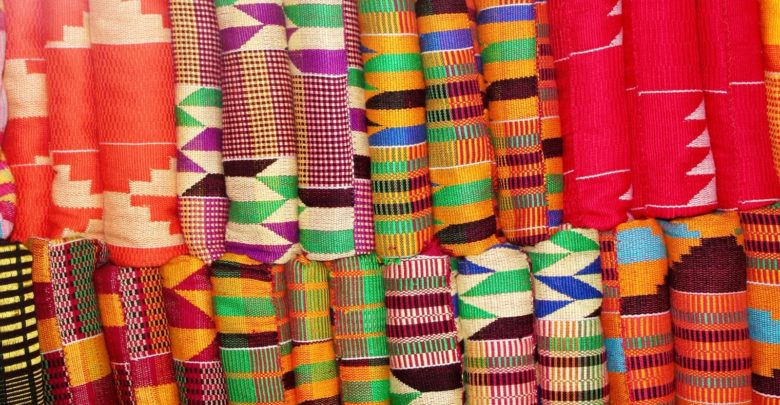
Imagine living in a world with no colours. What would be the mode of differentiation?
Will it be like a coulourless television. What a world that will be.
Hush, role down the curtain of that colourless world.

Colours makes the world beautiful and interesting to behold and enjoy.
Colors like GREEN, RED, YELLOW, BLACK AND WHITE are commonly found in the flag of most countries.
The way we see colour depends also on one’s culture.
Some see white as victory, black as omen yet others see black as luck.
The human eye can physically perceive millions of colours, however we don’t all recognise these colours in the same way.
Some people can’t see differences in colours – so called colour blindness – due to a defect or absence of the cells in the retina that are sensitive to high levels of light: the cones.

But the distribution and density of these cells also varies across people with “normal vision” causing us all to experience the same colour in slightly different ways.
Besides our individual biological make up, colour perception is less about seeing what is actually out there and more about how our brain interprets colours to create something meaningful. The perception of colour mainly occurs inside our heads and so is subjective – and prone to personal experience.
Take for instance people with synaesthesia, who are able to experience the perception of colour with letters and numbers. Synaesthesia is often described as a joining of the senses, where a person can see sounds or hear colours. But the colours they hear also differ from case to case.
Another example is the classic Alderson’s checker-shadow illusion. Here, although two marked squares are exactly the same colour, our brains don’t perceive them this way.
The culture of colour
Since the day we were born we have learnt to categorise objects, colours, emotions, and pretty much everything meaningful using language.

And although our eyes can perceive thousands of colours, the way we communicate about colour and the way we use colour in our everyday lives means we have to carve this huge variety up into identifiable, meaningful categories.
For example in Ghana when a child is born the family and loved ones wear (white) to celebrate the arrival of the new baby. The color white also stand for victory in.
Painters and fashion experts, for example, use colour terminology to refer to, and discriminate shades that to all intents and purposes, may all be described with one term by a non expert.

Different languages and cultural groups also carve up the colour spectrum differently. A festival like Akwesidae kesie in the Ashanti region of Ghana various beautiful and colorful kente is worn on this festive season.
The Ga’s also uses white (klala yen) in celebrating their festivals too.
The Northerners are not left out with their amazing Black and white (fugu)
Colours like black, blue, and green are glossed as cool colours, while lighter colours like white, red, orange and yellow are glossed as warm colours.
Colours make our world beautiful.
Go ahead, enjoy the colours and make your life exciting.
Belinda Anko/Ahotornews




